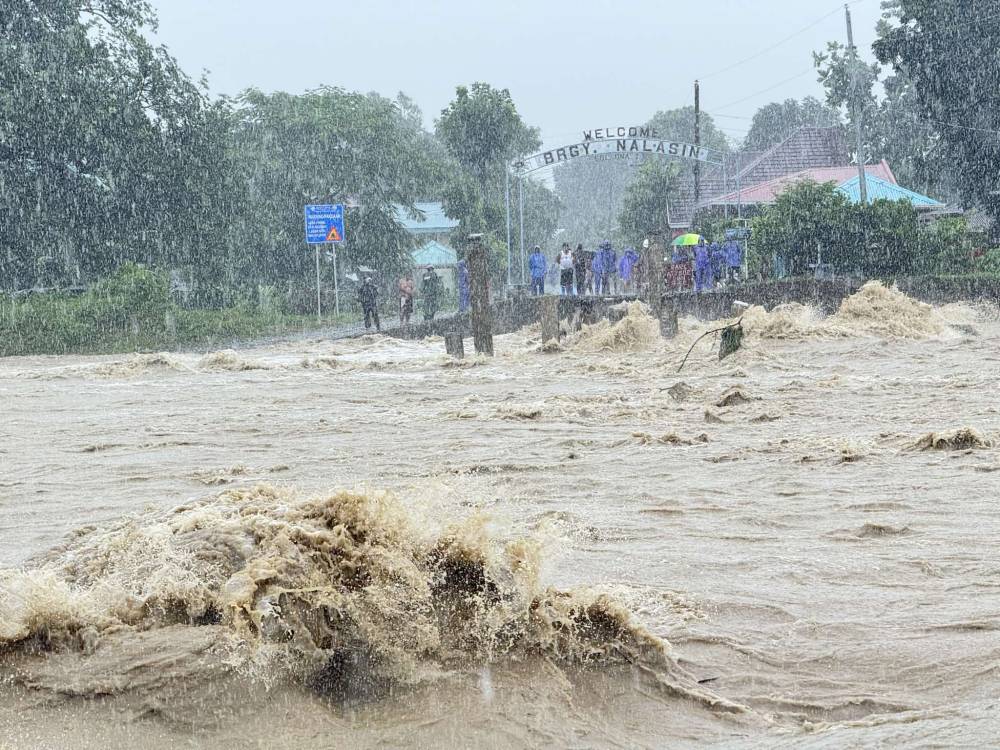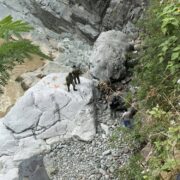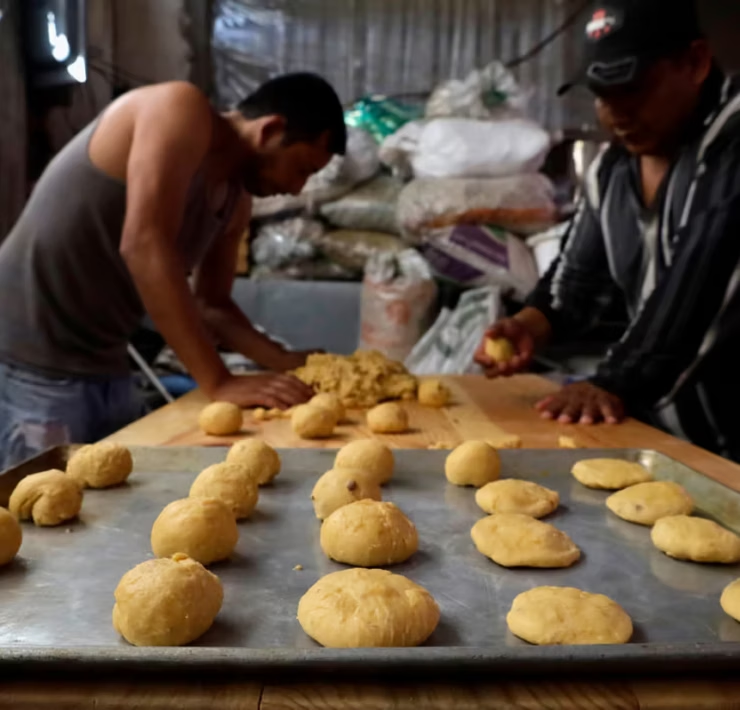Ilocos Norte under calamity state due to ‘Julian’

LAOAG CITY—The province of Ilocos Norte was placed under a state of calamity on Tuesday following the devastation caused by Supertyphoon “Julian” (international name: Krathon).
In a special session, the provincial board passed a resolution authorizing the release of the quick response fund to provide relief and aid to affected residents.
The typhoon brought heavy rains, strong winds and widespread flooding, “resulting in substantial damage to properties, agricultural areas and the disruption of livelihoods across various parts of the province,” the Ilocos Norte government announced.
Julian intensified into a supertyphoon early Tuesday as it left the Philippine area of responsibility (PAR), with the weather disturbance expected to recurve and reenter the country again on Wednesday.
In the 5 p.m. bulletin of the Philippine Atmospheric, Geophysical and Astronomical Services Administration (Pagasa), the center of the supertyphoon was estimated at 245 kilometers west of Itbayat, Batanes. It has a maximum sustained winds of 195 km per hour near the center, and gustiness of up to 240 kph.
Tropical Cyclone Wind Signal No. 1 was raised over Ilocos Norte, Ilocos Sur, La Union, the northern and western portions of Pangasinan, Apayao, Abra, Kalinga, Mountain Province, Ifugao, Benguet, Batanes, Cagayan, including Babuyan Islands, the northern and western portions of Isabela, and the northwestern portion of Nueva Vizcaya.
According to Pagasa, Julian will move northeastward toward the East China Sea, and is expected to exit the PAR late Thursday or early Friday.
The Provincial Disaster Risk Reduction and Management Council (PDRRMC) in Ilocos Norte said about 16,000 families were displaced in the province, with 945 families seeking refuge in evacuation centers.
The PDRRMC also reported two fatalities—one each in Laoag City and Batac City.
Initial assessments showed that about 4,160 hectares of farmlands were damaged.
In neighboring Cagayan, the number of evacuees surged to 557 families as flooding persisted despite Julian exiting the PAR.
Devastation in Batanes
In Batanes, more than 2,400 houses were either damaged or destroyed as Julian battered the province on Monday, according to Gov. Marilou Cayco.
She noted that new houses in the province were made of light materials, resulting in the high number of damaged homes due to Julian’s fierce winds.
“When [the entire Batanes] became a protected area, we could no longer get aggregates for home use. So they use wood or [steel] pipes for posts and then metal sheets [for roof],” she said in a radio interview.
Cayco was referring to the Republic Act No. 8991, or the Batanes Protected Area Act of 2000, which prohibits the conduct of “quarry operations for aggregates, limestones, coral, sand or other quarry material without a permit” from the Protected Area Management Board or without other permits required under existing laws.
Cayco called for a moratorium on the implementation of RA 8991 “so that the people here in Batanes can build a strong house because we are really on a typhoon path.”
Batanes is known for its traditional Ivatan stone houses, made of limestone with thick cogon grass roof, that can withstand strong typhoons.
Cayco said 2,543 residents were forced to stay in evacuation centers as Julian crossed the province.
But she said Batanes did not record any typhoon-related fatality. —REPORTS FROM JOHN MICHAEL MUGAS, GILLIAN VILLANUEVA, VILLAMOR VISAYA JR. AND NESTOR CORRALES INQ





















